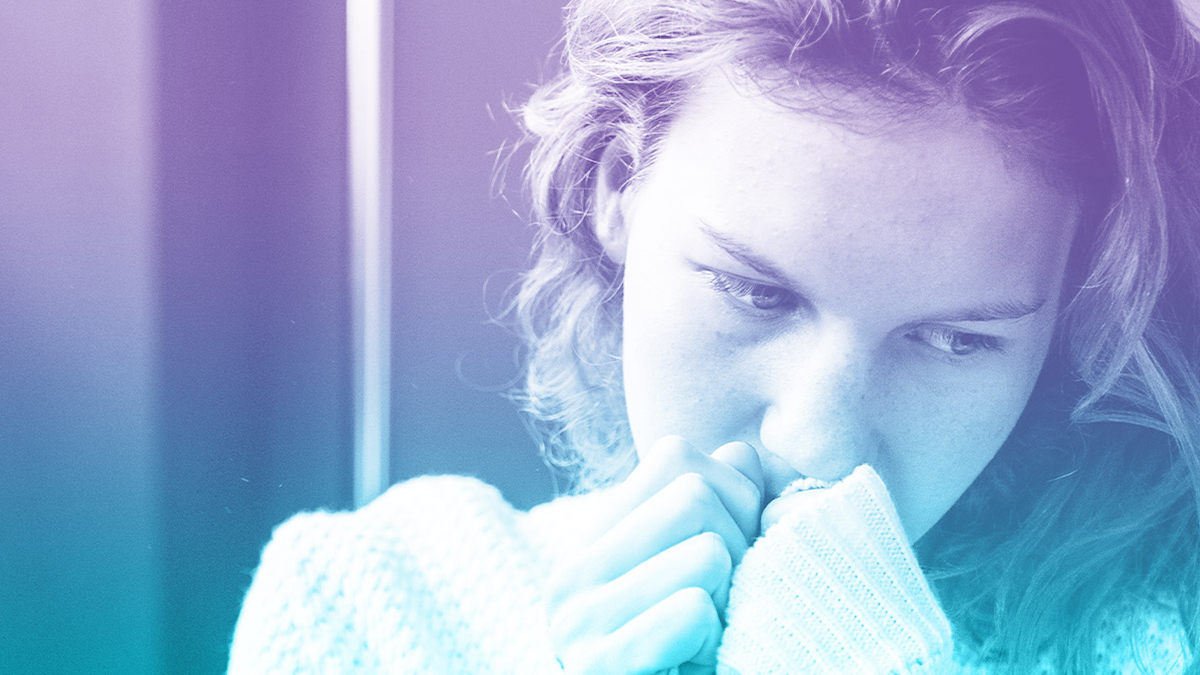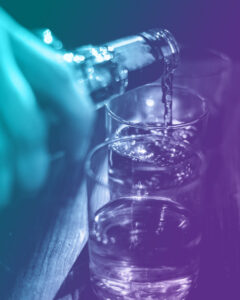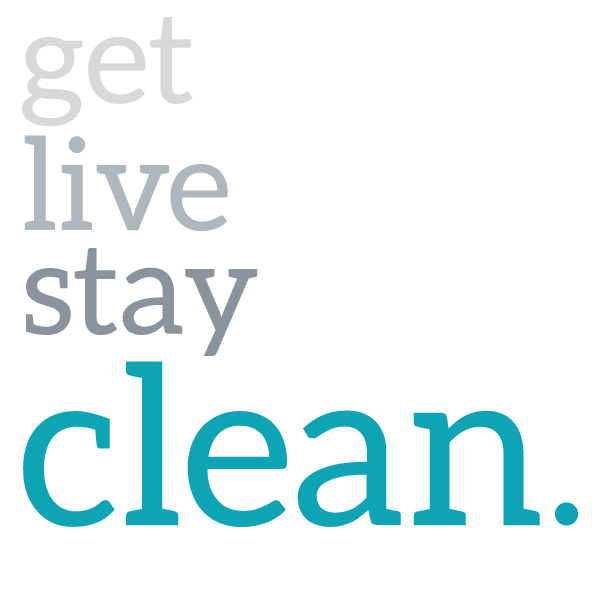Alcoholic Nose
It finally happened, the phone call you always knew was coming. Your dad, who has been managing alcohol use disorder for many years, is in the hospital. He hasn’t seen a doctor since you were in elementary school, and on top of drinking, he also has been a long-time smoker. You knew he had been depressed for years, always turning to alcohol for comfort. The wear was evident, his face was always red, and his nose had become lumpy and large. None of that really matters now, as your siblings tell you to get to the hospital as soon as possible. Frantically, you get in the car and drive as fast as you can.

It finally happened, the phone call you always knew was coming. Your dad, who has been managing alcohol use disorder for many years, is in the hospital. He hasn’t seen a doctor since you were in elementary school, and on top of drinking, he also has been a long-time smoker. You knew he had been depressed for years, always turning to alcohol for comfort. The wear was evident, his face was always red, and his nose had become lumpy and large. None of that really matters now, as your siblings tell you to get to the hospital as soon as possible. Frantically, you get in the car and drive as fast as you can.
At the hospital, you learn that he has had a stroke, a pretty severe one at that. Over the next few days, his condition remains touch and go. The doctors’ words seem to be a blur, talking about the brain and the damage done. It is possible he does not make it through this, and if he does, he will never be the same.
When you finally get to see him, you barely recognize him. He has lost a lot of weight and he can barely talk. His face seems different, and there are white bumps all over his nose. What are those? Is this a side effect of having to stop drinking so abruptly? Could it mean something more severe?
Alcohol is one of the most readily available substances in the world. In Tampa, there are over 1,500 liquor stores for residents to choose from. With a population of 387,050 in 2020, this equates to 256 residents per liquor store, which is higher than the national average. At Clean Recovery Centers, we understand that this can make recovery from alcohol use disorder feel impossible.
With our unique, three-phase approach to alcohol treatment, we are able to address every aspect of addiction: physical, mental, spiritual, and social. By providing tools and resources to loved ones through our blogs, we have been able to create a connection between families. Today, we are educating on what an alcoholic nose is, and the causes behind it.
Alcoholic Nose Signs: Nose Redness and Rhinophyma
Alcohol affects the body in many ways, from liver complications to heart disease, the effects of long-term drinking are often noticeable. One sign that is often not mentioned is the effect on the face and nose. When the liver processes alcohol, a chemical is released called acetaldehyde, which is a known carcinogen. Because of its toxic properties, the body triggers an immune response, resulting in flushing of the skin. This is why many people experience redness in the face and nose during binge drinking.
However, redness in the nose can become permanent as drinking becomes more frequent. Rhinophyma is a skin disorder of the nose that causes redness and a bulbous appearance. It is often referred to as end-stage rosacea and can result from the condition never being treated in the early stages. Some common symptoms include:
- Waxy and yellowish surface
- Enlarged pores
- Redness that does not fade
- Thickening of the skin
- Gradual enlargement of the nose
The Stigma of Rhinophyma
The stereotype of rhinophyma is that only those who partake in problem drinking or alcoholism can be affected by the condition. There are many factors that contribute to the development of rhinophyma including:
- Complexion – fairer skinned people tend to be more affected by the condition
- Age – because rhinophyma is typically the end-stage of rosacea, the diagnosis occurs more in those between 50-70
- Ethnicity – those of Irish, Scottish, or Eastern European background are more likely to be diagnosed
- Gender – rhinophyma is seen more in men than in women
- Genetics – those with family members who have been diagnosed with rosacea or rhinophyma are more likely to develop it
What Is Rosacea?
Rosacea is a skin condition that causes redness and rashes on the face and nose. The condition is long-term and many will see symptoms come and go throughout their life. Because rosacea is inflammatory, conditions such as sun exposure can cause flares. It is manageable, but there is no cure for rosacea. The most common symptoms include:
- Redness
- Rashes that can look similar to acne
- Thickening of the skin
- Eye irritation
- Visible blood vessels
Rosacea can be progressive, starting with redness of the nose then spreading to the cheeks, and in rare cases, branching further to the sides of the face, neck, and scalp.
Alcohol and Other Triggers for Rosacea of the Nose
Those with a family history of rosacea are more likely to develop the condition. Chronic alcohol use has been seen to trigger rosacea to develop. Studies indicate that women are more likely to develop rosacea than men, and women who drink hard liquor or white wine also saw an increase in the condition. When someone you love is experiencing the stages of alcoholism, the face and nose can be a sign that help is needed.
Alcohol is not the only trigger for rosacea. Others include:
- Exposure to UV light
- Emotional stress
- Medications that dilate the blood vessels (heart and blood pressure medications)
- Exercise
- Spicy foods
- Extreme temperatures – both hot and cold
Other Skin Conditions of the Nose from Alcohol
 Porphyria cutanea tarda (PCT) is a condition that results in light sensitivity of the skin. Milia (small, white keratin bumps) and blistering can occur in areas that are exposed to sunlight, typically the face, nose, and hands. Long-term alcohol use is the most common cause of type 1 PCT and can also indicate a sign of liver disease.
Porphyria cutanea tarda (PCT) is a condition that results in light sensitivity of the skin. Milia (small, white keratin bumps) and blistering can occur in areas that are exposed to sunlight, typically the face, nose, and hands. Long-term alcohol use is the most common cause of type 1 PCT and can also indicate a sign of liver disease.
Enlarging of the blood vessels from chronic drinking can contribute to redness, flushing, and the appearance of spider veins on the nose and face, as well as the neck and chest area. When blood vessels begin to branch off and give the look of spider legs, it can be an early indicator of liver complications.
The Truth of Alcohol’s Effect on Conditions of the Nose
While rhinophyma is seen commonly in chronic alcohol users, there is no clear connection between alcohol and the cause behind it. In fact, there is no real clear cause for the condition in general, only a possible link between untreated overactive rosacea.
Rosacea is seen to develop in those who drink heavily for a prolonged time, but it is not the cause of the condition. Those who have never consumed alcohol before can be diagnosed and should not only be associated with drinking. Stigmas around these conditions can make it difficult for those who do not drink to seek medical attention.
Is There a Treatment for Alcoholic Nose?
Treating conditions such as rhinophyma or rosacea typically require medical intervention. Rosacea can be managed with medication or topical creams as well as with managing triggers. Stopping alcohol use can help symptoms clear and become easier to manage. Rhinophyma however does not clear up on its own and will typically involve surgical reconstruction to reshape the nose. If alcohol is the main driver behind developing these conditions in you or a loved one, it may be time to seek alcohol use disorder treatment options.
Managing an alcohol use disorder and a condition affecting the appearance of your nose and face can take a toll on your self-esteem. Becoming trapped in emotional stress and self-medicating with alcohol can feel overwhelming and exhausting. At Clean Recovery Centers, we understand that mental health plays a huge role in addiction. Our dedicated and professional staff are able to diagnose a mental health condition at any phase of treatment. We give you the tools you need to face all aspects that led to your alcohol use disorder, including rapid-resolution therapy to address past traumas. Call us today at (888) 330-2532 to learn more about our program offerings.
FAQs About Alcohol and the Nose
Can alcohol change the appearance of your nose?
Alcohol can lead to conditions such as rosacea, and when left untreated it can alter the appearance of the nose.
What causes drinkers’ noses?
While there is no direct cause of a drinker’s nose, there is a correlation between the enlarging of the blood vessels caused by alcohol and certain facial skin conditions.
Can rhinophyma be reversed?
Rhinophyma can cause severe disfigurement of the nose. In most cases, surgery is needed in order to reestablish the nose shape.
Recent Posts

Corporate Office
506 W Fletcher Ave | Tampa, FL 33612
CALL
help@cleanrecoverycenters.com
© 2022 Insight Behavioral Health & Addiction Solutions, LLC dba Clean Recovery Centers. All rights reserved.






